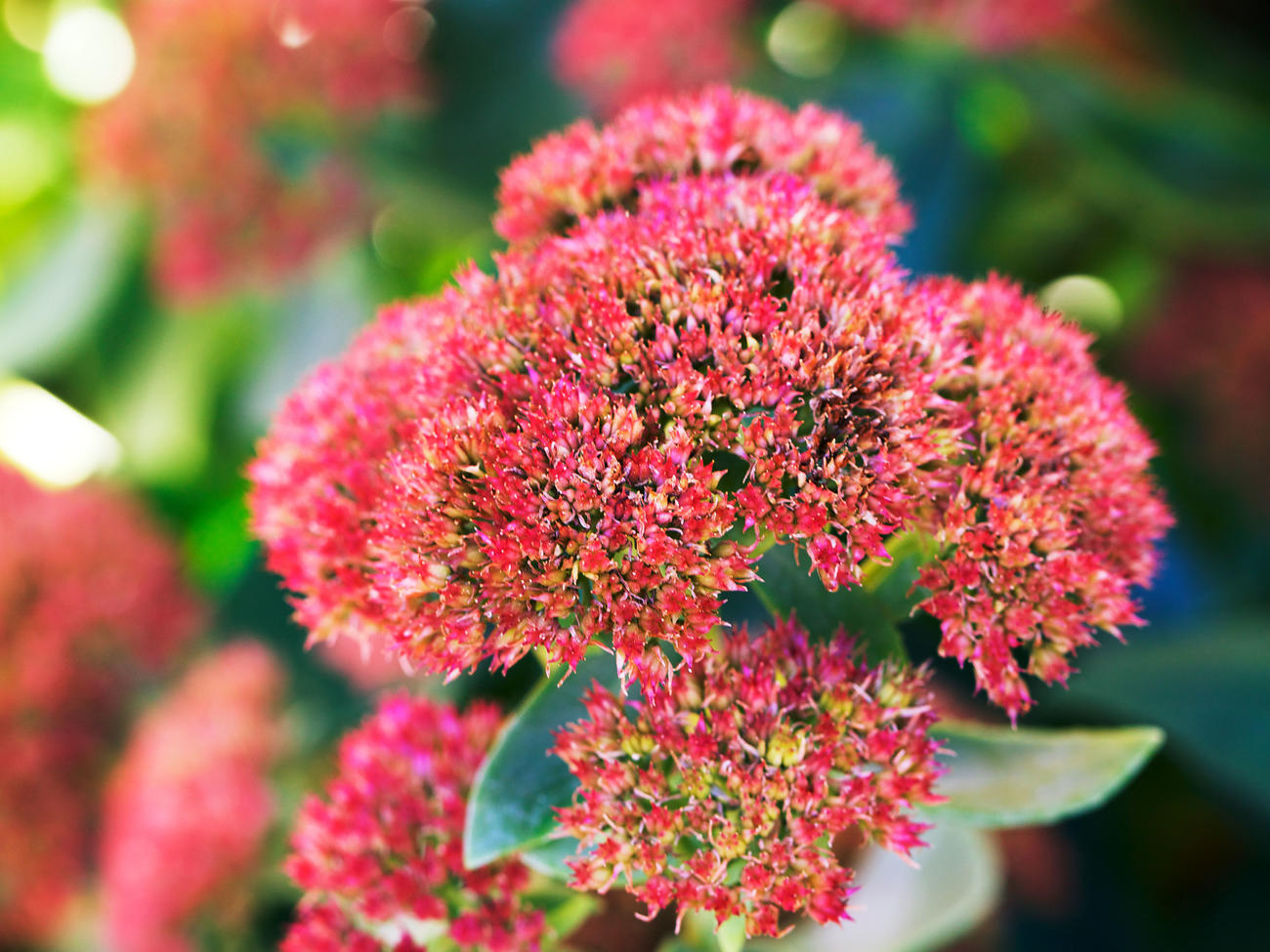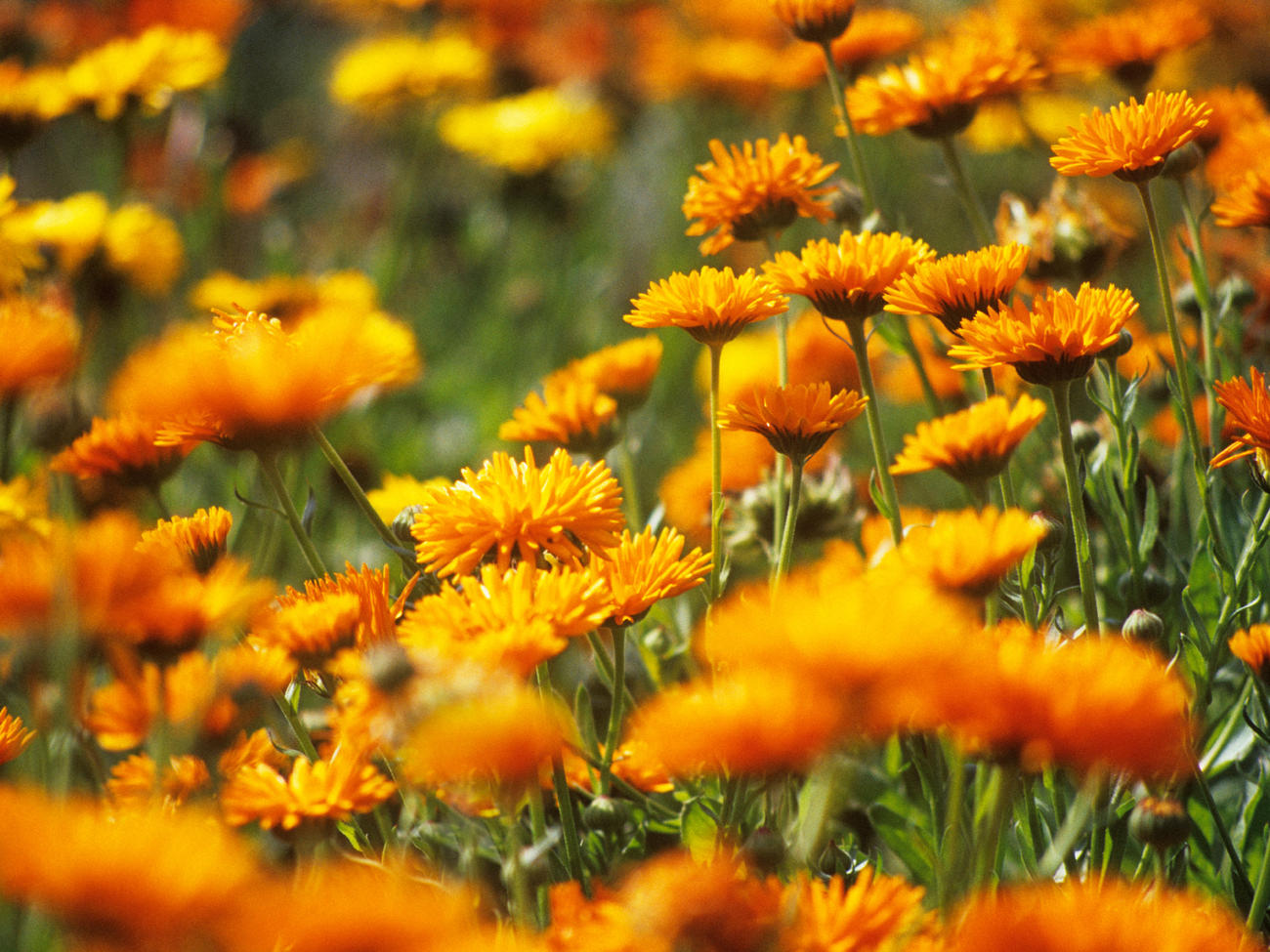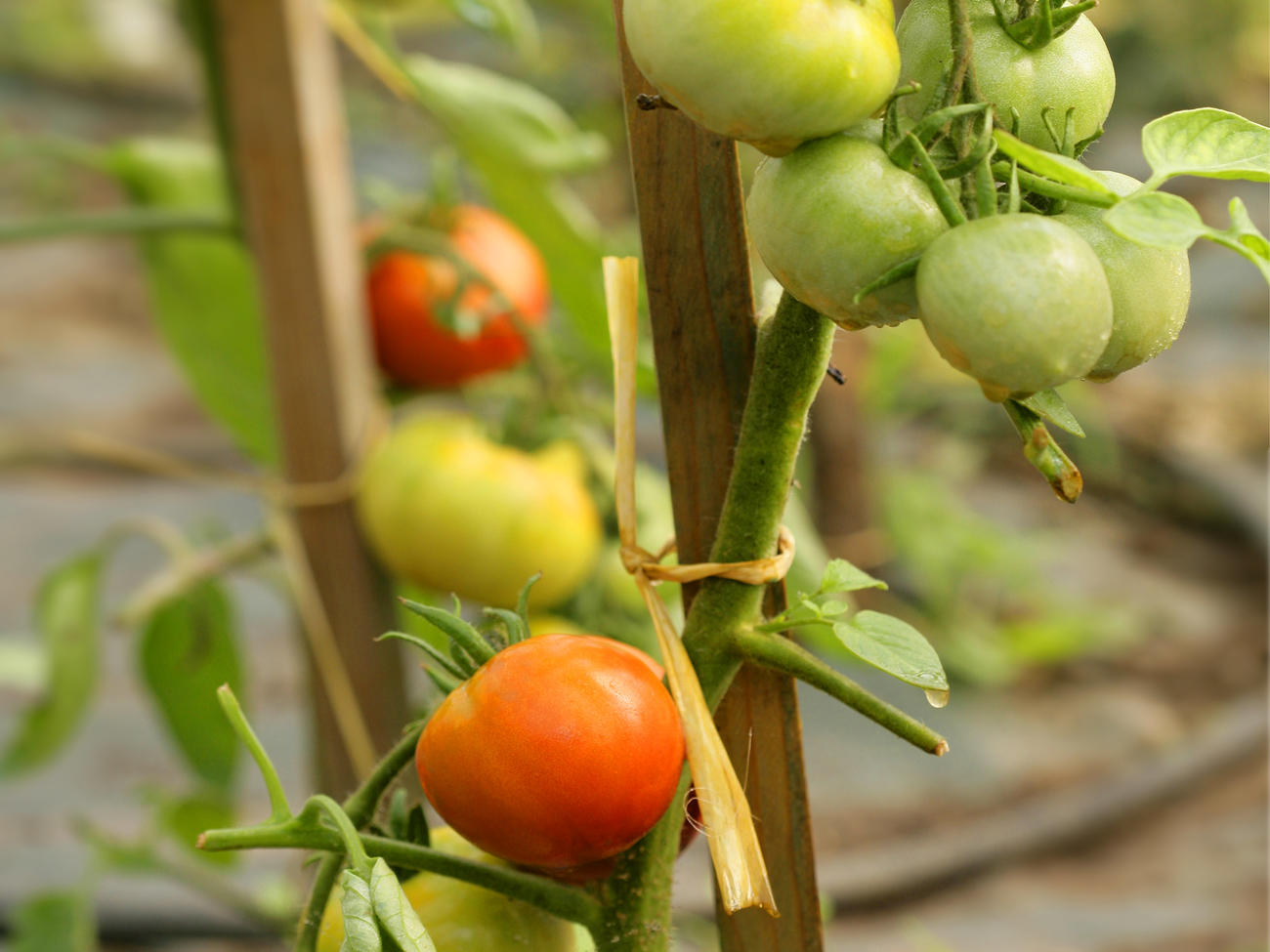
Your Ultimate Summer Gardening To-Do List
Planting and maintenance tips to get your garden in shape this season
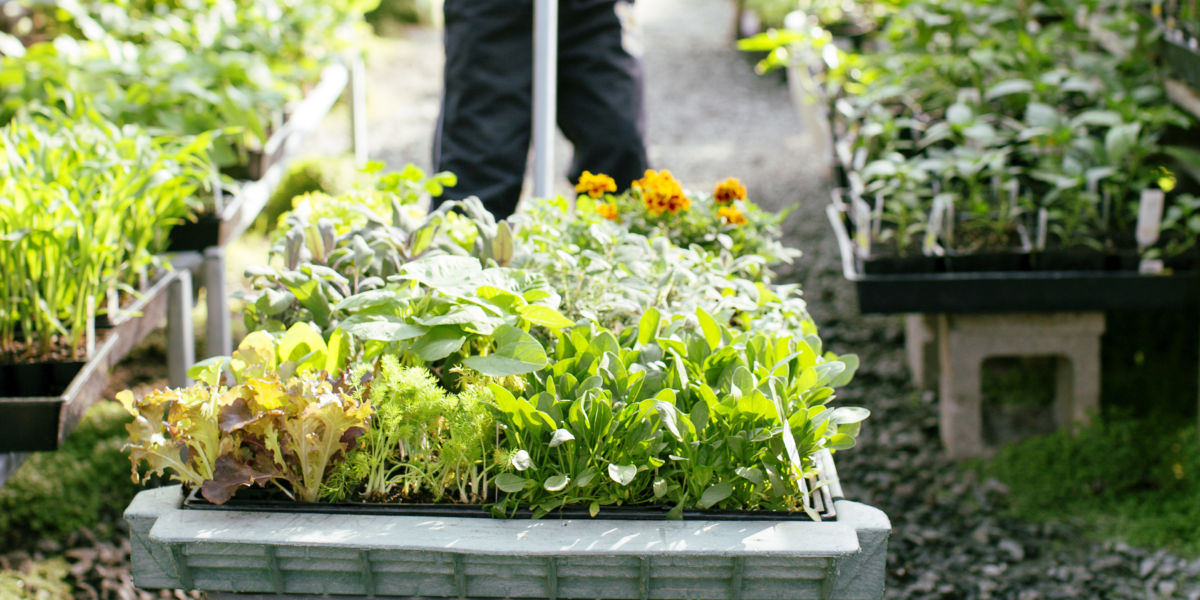
Northwest
Plant
Sow cool-season crops now for autumn harvest. For colorful veggies, include ‘Harlequin Mix’ carrots (orange, purple, white, and yellow); ‘Bright Lights’ chard (stalks are gold, pink, red, white, and yellow); and ‘Garden Party’ radishes (gold, pink, purple, red, and white). All are available at reneesgarden.com.
Try purple sprouting broccoli. To extend your harvest season, grow more than one variety and choose options that mature at different rates. If set now, ‘Rudolph’ can start rewarding you in December, ‘Red Admiral’ will produce in mid-February, and ‘Red Fire’ will follow in early March.
Maintain
As bearded iris foliage withers, stop watering. When leaves turn brown, trim them back, then dig and divide rhizomes. Let them dry in the shade for a few days, then replant.
Summer pruning inhibits regrowth in trees (as opposed to stimulating winter cuts), so now is a good time to tackle varieties that normally respond to a cold-season trimming with lots of sucker growth. If suckers do appear, pinch them off while they’re still young and tender.
Once you’ve picked them clean, feed each 100 square feet of June-bearing strawberries with 1 to 2 pounds of 10-10-10 fertilizer. Water well.
Harvest
Harvest leaf vegetables (chard and leaf lettuce, for example) first thing in the morning by snapping off outside leaves at the base.
Gather figs when their necks bend or if their sides start to split. Don’t leave overripe casualties on the tree or the ground—they can attract pesky yellow jackets.
Apple, peach, pear, and plum trees may be heavy with fruit this month. Harvest fruit regularly and clean up fallen fruit to discourage rodents.
Rocky Mountains
Plant
For an autumn harvest, start new crops of beets, cucumbers, green beans, peas, and Swiss chard midmonth. Protect tender seedlings from harmful critters with floating row covers, but remove them once plants are established to allow access to pollinators.
Add heat-tolerant black-eyed Susan vines (Thunbergia alata) to hanging baskets, window boxes, large pots, or trellises for vibrant color through the summer.
Attract butterflies by adding tall sedums to your flower beds. These tough succulents thrive in heat and sun and come back every year. Good choices include brick-colored ‘Autumn Fire’ (pictured above), pink-flowered ‘Matrona’ and ‘Pink Bomb’, variegated ‘Frosty Morn’ and ‘Mediovariegatum’, and purple-leafed ‘Maestro’ and ‘Purple Emperor’.
Maintain
When lily flowers fade, cut off the top of each stalk just below where pods are starting to form. Doing so strengthens the bulb rather than wasting energy on seed production.
Feed broccoli, Brussels sprouts, cabbage, cauliflower, corn, eggplants, kohlrabi, peppers, potatoes, and tomatoes. Move aside any mulch before spreading fertilizer between plants. Replace the mulch after watering the soil.
If stems and leaves suddenly wilt and die on pumpkins or winter gourds, look for squash bugs on the underside of leaves. To control, drop bugs into a bucket of soapy water. Then spray the undersides of leaves with neem oil every 7 to 10 days to prevent squash bug eggs from hatching. The oil will also help prevent powdery mildew.
Northern California
Marion Brenner
Plan
Order bulbs for fall planting. These unsung heroes are often drought-tolerant and extremely low-maintenance. Native choices include one-leaf onion (Allium unifolium) and pretty face (Triteleia ixioides). If you buy in volume, try Van Engelen Inc.; they sell wholesale bulbs at good prices.
Plant
While big planting projects should wait for fall’s rain and cooler temperatures, fill in empty spots in beds with summer color. To increase visits from beneficial insects, try calendulas (pictured above), cosmos, salvias, and sweet alyssum.
Keep your vegetable patch cranking with succession sowing of crops that don’t mind being established in heat—including beans, corn, and summer squash. Gardeners socked in with coastal fog can add carrots, kale, lettuce, and potatoes.
Maintain
During hot weather, check container plants frequently to make sure they aren’t drying out; they may need water daily. Trees also need regular, deep watering every few weeks—even some natives, such as coast redwoods, can look very scraggly without irrigation. A notable exception? Many kinds of native oaks resent summer water.
Feed azaleas, blueberries, and camellias that are showing an iron deficiency. Telltale signs are light-colored leaves with dark green veins. Correct this with an organic fertilizer specific to these acid-loving plants.
Roses can fall prey to fungal infections such as black spot or rust in areas with summer thunderstorms or in coastal regions that get summer fog. Fight back using a nontoxic method: Pluck off and discard any affected foliage (do not compost), and apply horticultural oil monthly
Harvest
Zucchini and other summer squash are tastiest when picked relatively young; do not let the fruit linger on the vine, or it will become too large and fibrous.
Southern California
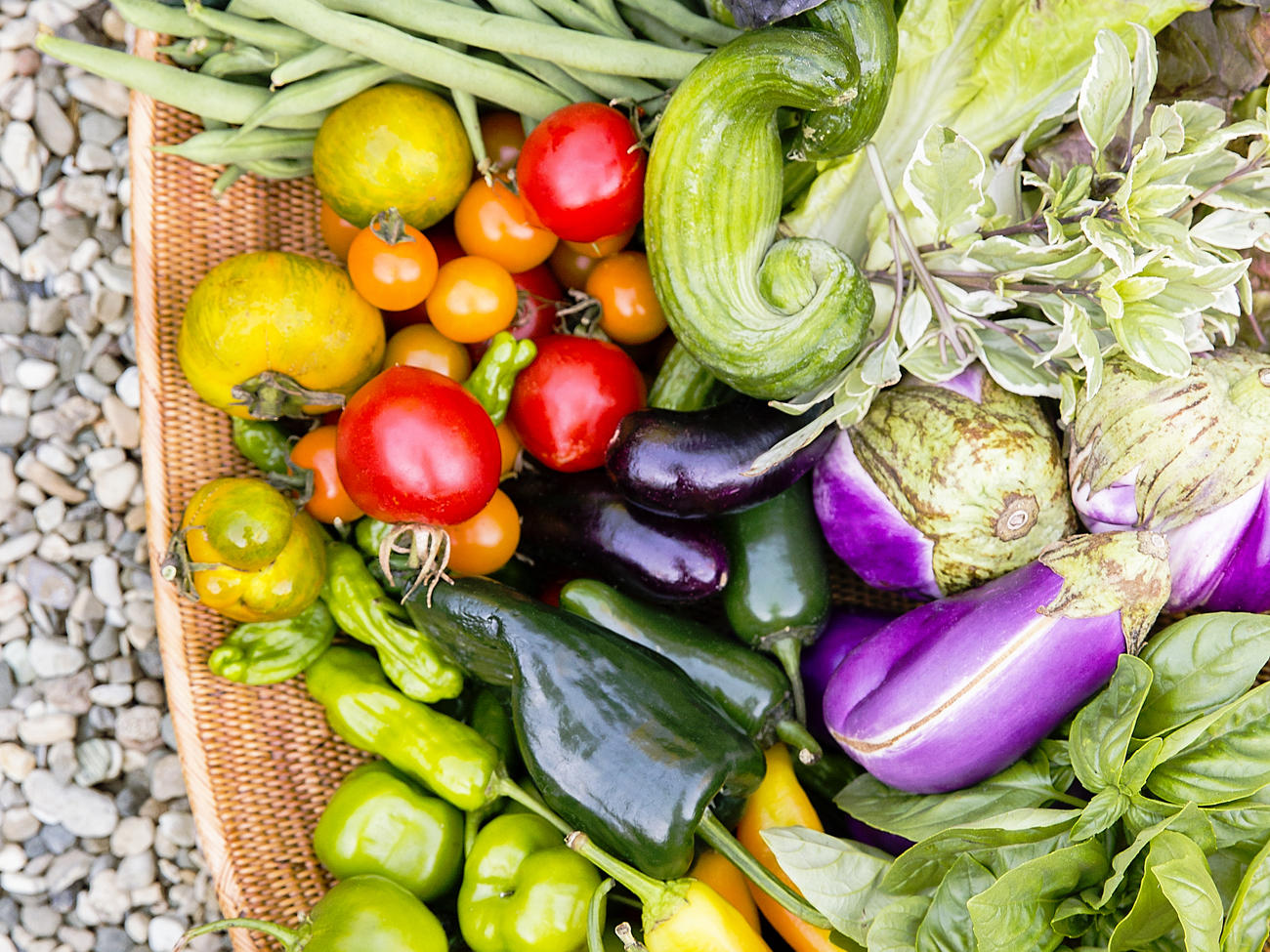
Plant
Transplant warm-weather lovers like basil, chard, cucumbers, kale, leeks, okra, melons, New Zealand spinach, pumpkins, squash, and white potatoes.
For summer color, plant annual marigolds and zinnias, as well as perennial coreopsis, gaura, rudbeckias, and salvias. Plant in early morning or late in the day, and protect with shade cloth when they first go in.
Maintain
Heavily mulch cultivated areas and pathways with organic matter. This cuts down on weeds and watering and keeps roots cool. Replenish this layer as it deteriorates; be sure to keep it off stems and trunks to maintain good air circulation and to avoid crown rot.
Azaleas, fibrous begonias, camellias, carnations, fuchsias, gardenias, geraniums, hydrangeas, marguerites, mums, and verbenas can be grown from cuttings. Root them in a mix of milled peat, sand, and garden soil. Provide filtered light and keep medium moist for about a month until they are established.
Keep citrus and avocado trees well watered through the summer. Build a basin for water to soak in deeply, starting 1 foot away from the trunk.
Place melons and squash onto aluminum pie plates, cans, baskets, or boards to protect them from snails and slugs. Water and fertilize melon plants deeply once a week for juicy, fleshy fruits, but stop irrigating them about a week before harvest so their sugars concentrate.
Harvest
Pick ripe beans, cucumbers, eggplants, peppers, squash, and tomatoes at least every other day to encourage further production.
Pinch back herbs to encourage branching and use the clippings either fresh or dried. Their flavor is at its peak just before blossoms appear. Cut early in the morning after the dew has dried but before the fragrant oils dissipate in the heat. If you can smell them, it’s too late.
Southwest
Plant
For fragrance, try bee brush (Aloysia gratissima) for its potent vanilla-scented florets on an airy 10-foot-tall shrub. Or look for creosote bush (Larrea tridentata)—it has tiny yellow flowers, plus leaves that exude a distinctive scent after desert storms. Both are natives with rangy habits, so be sure to give them plenty of room and site them at the wild margins of a garden.
Plant seeds or seedlings of fiery hot ‘Chiltepin’ chiles early in the month. The easy-to-grow plants produce pea-size chiles that are great for cooking.
For prolifically blooming summer shrubs, consider yellow bells varieties ‘Gold Star’ (Tecoma stans ‘Gold Star’) and ‘Sunrise’ (T. ‘Sunrise’). Intermingle with Texas ranger shrubs (Leucophyllum) for a free-flowering purple-and-yellow summer shrub planting.
The big, showy plants in the mallow family flourish in hot and sticky monsoon conditions. Perennial hibiscus (H. moscheutos), or rose-mallow, reaches 6 to 8 feet tall and comes in a rainbow of hues. Or try ‘Big Momma’ Turk’s cap, a perennial that grows 4 to 6 feet tall and wide.
Maintain
Feed grapevines and palm trees with all-purpose fertilizer.
Rejuvenate tired and leggy tomatoes by pruning them back by two-thirds. This will encourage new growth and fruit to set in late summer and fall. Weekly additions of balanced organic fertilizer will also increase yields.
